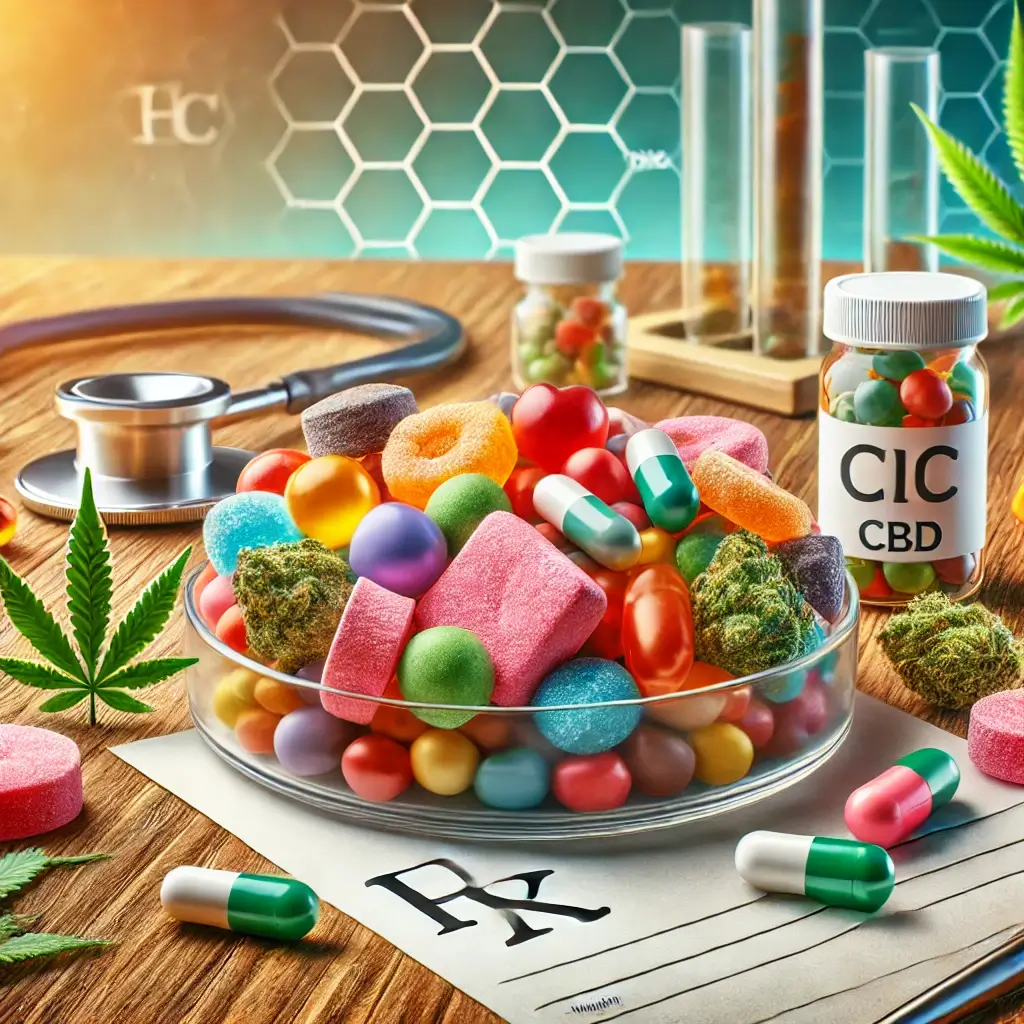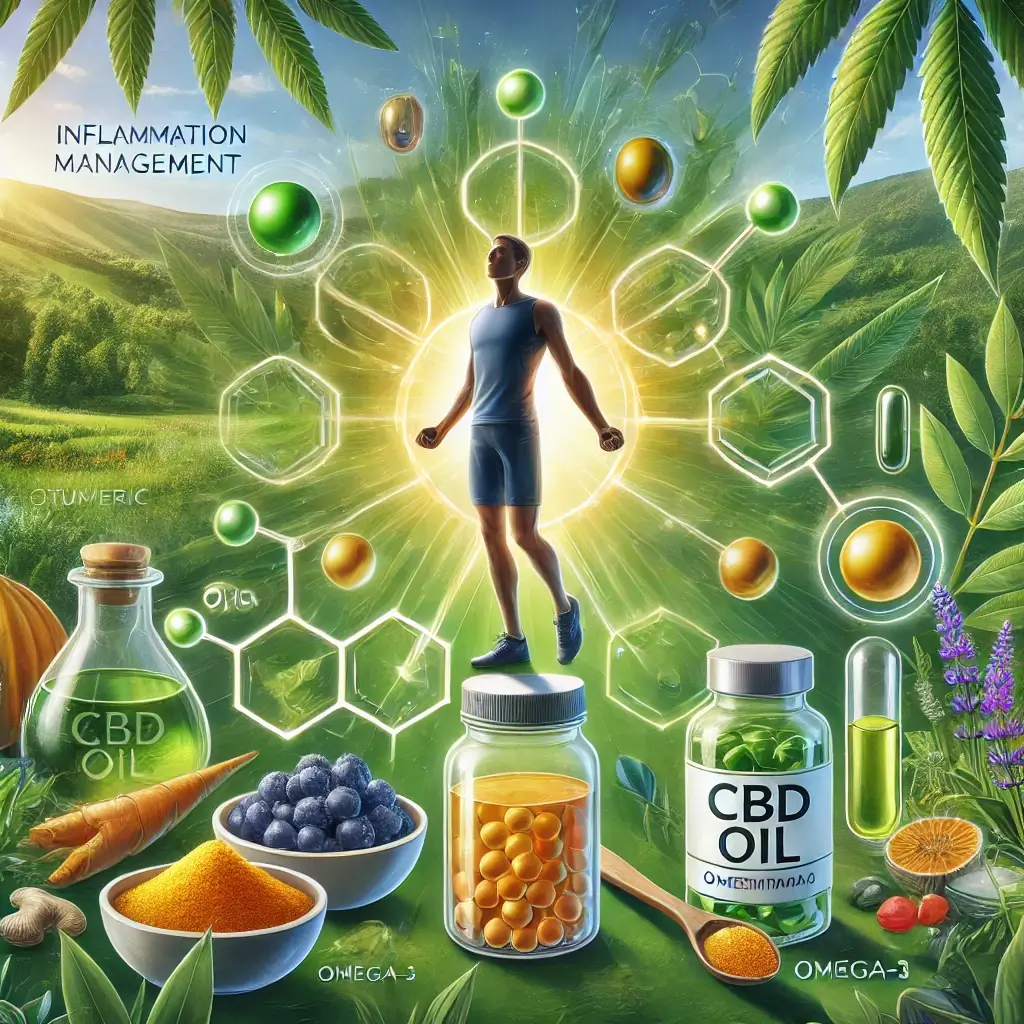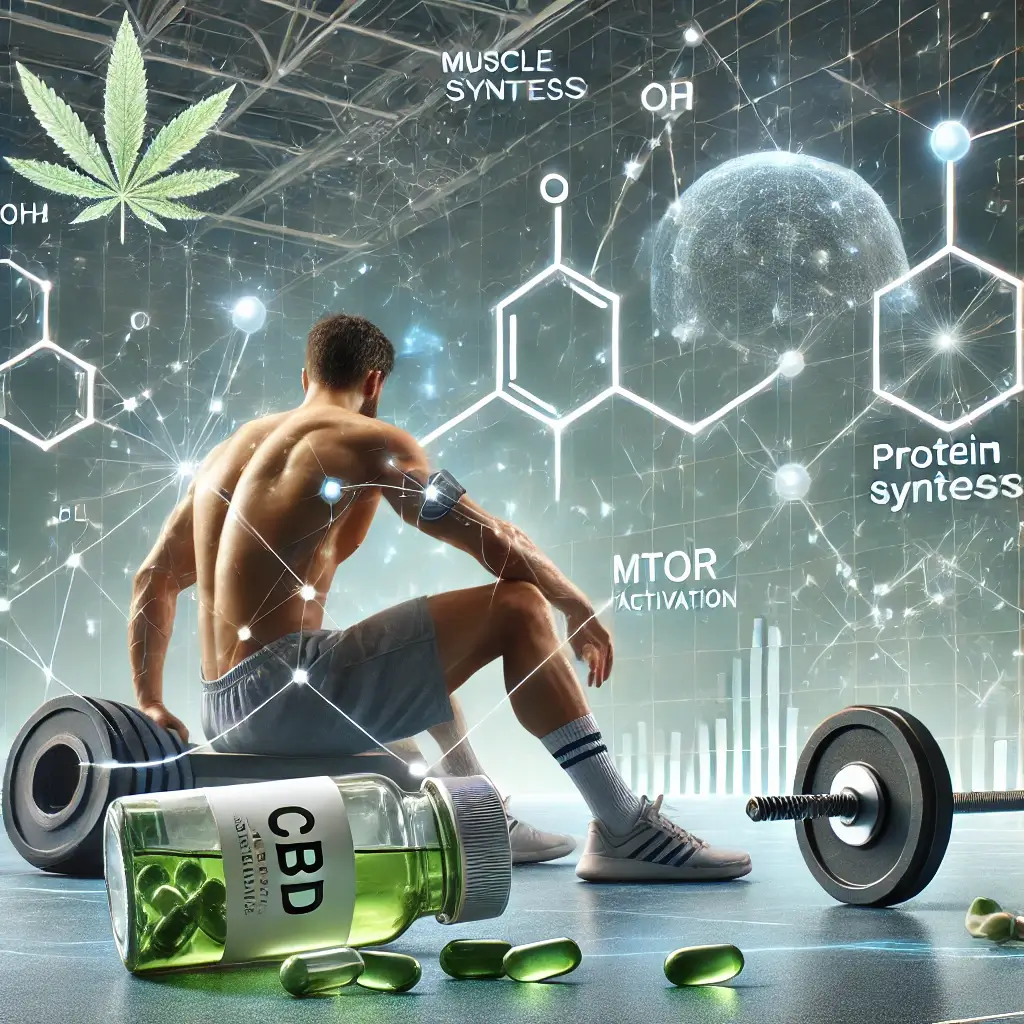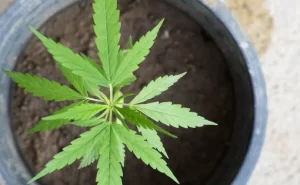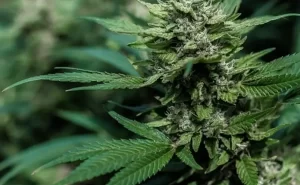Advanced Patient Guide: Understanding Optimal Dosing for Cannabis Edibles in 2025
Introduction to Cannabis Edibles and Their Challenges
Cannabis edibles have emerged as a preferred choice for medical cannabis users due to their smoke-free administration and prolonged effects. However, the unique pharmacokinetics of edibles present challenges in achieving consistent and predictable therapeutic outcomes. Unlike inhaled cannabis, where effects occur within minutes, edibles undergo digestive processing and liver metabolism. This process converts THC into 11-hydroxy-THC, a metabolite known for its potent psychoactive effects and extended duration. This delayed onset, often ranging from 30 minutes to over two hours, can lead to unintentional overconsumption, especially among new users.
Patient-Specific Factors and Complications
Patient-specific factors such as metabolism, tolerance, and gastrointestinal health further complicate dosing. For instance, a slow metabolism may result in prolonged but unpredictable effects, while rapid metabolizers may experience shorter durations. Additionally, the inconsistent distribution of cannabinoids in homemade or poorly manufactured edibles increases the risk of uneven dosing.
Industry Solutions and Innovations
In response, the cannabis industry has introduced innovative solutions, including nanoemulsion technology, standardized potency labeling, and improved manufacturing practices. These advancements ensure greater consistency and safety for patients, transforming the edible landscape. This article provides a patient-friendly, evidence-based dosing framework and highlights cutting-edge research and industry innovations aimed at enhancing the efficacy of medical cannabis edibles.
Start Low, Increase Gradually Approach
Patients new to cannabis should begin with 2.5 mg to 5 mg THC. For more severe conditions like chronic pain, an initial dose of 5–10 mg may be appropriate under medical guidance. Gradual dose increases of 2.5 mg every two to three days help minimize adverse effects while allowing the patient to find their optimal dose.
Individual Factors to Consider
Metabolism: A slower metabolism may result in delayed effects, requiring careful dose timing.
Tolerance: Frequent cannabis users may need higher starting doses.
Liver Function: Impaired liver function can amplify the potency of THC, necessitating lower doses.
Gastrointestinal Health: Digestive conditions such as IBS may affect cannabinoid absorption and efficacy.
Product Selection Guidelines
Patients should prioritize edibles with clear, standardized labeling that specifies THC and CBD content per serving. Nanoemulsion-based products are particularly advantageous due to their faster onset (15–30 minutes) and consistent effects.
Importance of Dosing Documentation
Maintaining a log of doses, times, and observed effects allows patients and providers to fine-tune treatment plans for chronic conditions like arthritis or anxiety, where ongoing adjustments may be needed.
CBD Integration Strategy
Combining CBD with THC can provide a more balanced therapeutic experience, potentially reducing anxiety and mitigating the psychoactive effects of THC. CBD ratios should be tailored to the condition being treated.
Latest Medical Research and Technological Advances
The landscape of medical cannabis edibles has been transformed by ongoing research and technological advancements. A 2023 study in Therapeutic Advances in Cannabinoid Research reported a 35% improvement in chronic pain management among patients using titrated edible doses. Patients experienced fewer side effects compared to those using non-standardized products. Nanoemulsion technology is revolutionizing cannabis edibles. A review in the Journal of Advanced Cannabinoid Science (2022) detailed how this innovation enhances THC and CBD bioavailability, leading to faster onset and more predictable dosing.
Regulatory Progress and Manufacturing Innovation
Regulatory improvements have also bolstered patient safety. States like California now require strict potency labeling and batch testing, ensuring consistency across products. Additionally, manufacturers are leveraging artificial intelligence to optimize cannabinoid distribution in edibles, minimizing dosing variability.
Final Insights
Precision dosing is essential to unlock the full potential of medical cannabis edibles while minimizing risks. By starting with low doses, monitoring individual responses, and choosing standardized products with advanced technologies like nanoemulsions, patients can achieve predictable and effective symptom relief. Innovations in research, manufacturing, and regulation continue to make cannabis edibles safer, more reliable, and more accessible for diverse medical needs. As the industry evolves, patients can look forward to increasingly precise and personalized therapeutic solutions.
